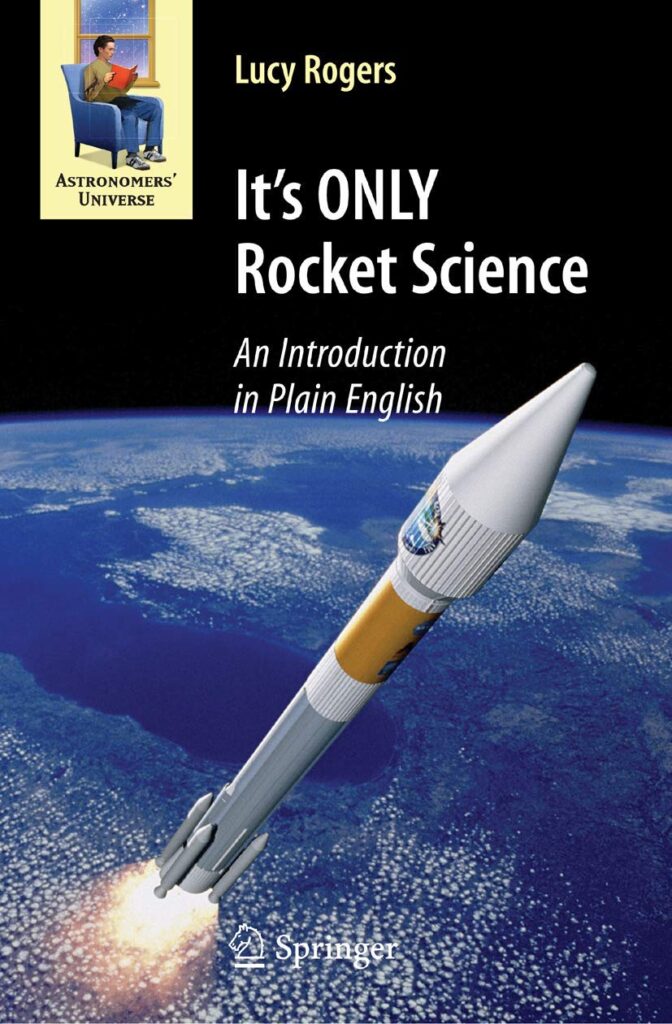The Most Efficient Space Program In The World
In 1961 the Soviet Union launched the first human into space. In 1969 America put the first man on the Moon. In 2019 China landed the first spacecraft on the far side of the Moon. Since day one, the spaceflight industry has been extremely competitive, with countries developing the most advanced technologies and pushing the boundaries of what humans are capable of. But one country that isn’t often mentioned in the history of spaceflight is India. For decades, the Indian Space Agency has been quietly working away and achieving some incredible results. In this video, we’re going to look at the efficiency of India’s space program. We’re also going to look at it’s relationship with private space companies and how that could change in the future. When India began their space program in 1969 they entered into a world dominated by America and the Soviet Union. In the States, people were living well and businesses were booming with the new advancements in technology. In India, the people had nothing – and with a controlling government, even food was hard to come by. It was a strange time to start a space program – Apollo 11 had just returned from the Moon and NASA were spending around 40 billion dollars each year in today’s money. India came onto the scene with a mere 1 billion dollars. So in order to make any impact in the space community, they had to get smart. Since day one, India was focused on using their space program to improve aspects of their own country. Things like telephone communication and weather forecasts were almost non-existent at the time – and for a country that was based on agriculture, this was a big problem. So over the next decade, India began launching satellites to provide communications and important weather data to improve the farming industry. But how did they manage to do all of this on such a tight budget? The early days of India’s space program were extremely humble. Rocket parts were often transported by bike and larger components like satellites were transported by bull carts. During this time, India’s space program employed just 3000 workers. To put this into perspective, NASA was employing around 200,000 workers during the Apollo program. Nowadays, the employee count between ISRO and NASA is much more similar – but the efficiencies in India’s infrastructure can still be seen today. India’s space program pays far less for its skilled workforce than any other space agency. The average aerospace engineer in India gets paid around $10,000 whereas in America, the same job would pay eight times more. This massive difference in cost allows India to undercut other countries on the cost to manufacture each rocket. Although most of India’s rockets are only designed to launch small payloads, in some cases, the cost for launching on an Indian rocket is 70% cheaper than other options. The PSLV is India’s work-horse rocket and it has a surprisingly low launch cost of just $15 million. In 2017, it pulled off a mission that stunned space programs around the world by launching an incredible 104 satellites into orbit. Despite the extra engineering required to pull this off, sharing the launch cost between so many people made the cost for each satellite company extremely cheap. But India’s cheap workforce is only half of what makes their rockets so affordable. Instead of outsourcing rocket parts to foreign companies, India gets most of its materials from local companies. Although they might be able to find more advanced components elsewhere, keeping all of the parts in house saves India up to 50% in overall costs. Utilising the expertise of other companies is a common theme in spaceflight. Now that the technology required to get into orbit is much more obtainable, it has allowed private companies like SpaceX and Rocket Lab to make a massive impact in the spaceflight community. But this is one area that holds India back. Although it’s not illegal for India’s private companies to enter space, the laws and regulations make it almost impossible for private space ventures to be set up – until recently. A new space bill has been written to allow the private sector to develop their own rockets and satellites. Traditionally, ISRO have contracted private companies to design and manufacture their rockets and spacecraft. Now, private space companies can spend their own time and money in developing more advanced spacecraft for interplanetary missions. Although India has experience with this, their interplanetary missions in the past have been limited in terms of what they can discover. But this isn’t a fault of India’s space program, this is by choice. A common theme that runs through India’s space program is high ambition paired with a low budget. India always wanted to go to the Moon and Mars – and they didn’t let their small budget stop them. The Mars Orbiter Mission which launched in 2013 made India only the 4th space agency to successfully get to Mars – and they did it on their first attempt. They also did this on a shoestring budget of just $74 million, a fraction of what other space agencies typically spend. Apart from making their spacecraft small and simple, India likes to keep the overall duration of the mission as short as possible. NASA has multiple missions that have spanned decades and racked up enormous running costs. From the initial concept to the end of operation, India’s missions are designed to only run for a few years. So although India’s capabilities and achievements might not be on the same scale as NASA. Their incredible ambition and clever cost efficiency has allowed them to become one of the world’s key players in the space community. From their humble beginnings cycling rocket parts back and forth, to launching spacecraft to other planets, their ability to achieve so much with so little is an inspiring story which sums up the Indian spirit. In order to continue being one of the greatest space agencies in the world, India will need to hire the next generation of talented and creative engineers. KiwiCo creates super cool hands-on projects designed to get kids thinking about concepts in STEAM like science, technology, engineering, art and math. Each monthly crate is designed by experts and tested by kids, and includes an interesting project to build like this glowing pendulum. This year things have been a little different – many kids and students are having to do most of their learning online. KiwiCo’s projects are a brilliant way to let kids learn from home whilst getting them away from the computer. KiwiCo has 8 different subscription options, with crates for different age groups and topics. Each project provides kids with hours of entertainment and teaches them new things every month. Each box also comes with all the supplies needed for that month’s project, so there’s no need for extra runs to the store. Just follow the helpful instructions and you can’t go wrong! With the holiday season approaching fast, KiwiCo is the perfect gift to introduce kids to the world of science and technology! To support Primal Space and try out KiwiCo, visit kiwico.com/primalspace to get your first month for free. If you would like to support the channel even more, consider becoming a Patron. Where you can give your input on each video and join our exclusive discord server Thank you very much for watching and I’ll see you in the next video!












